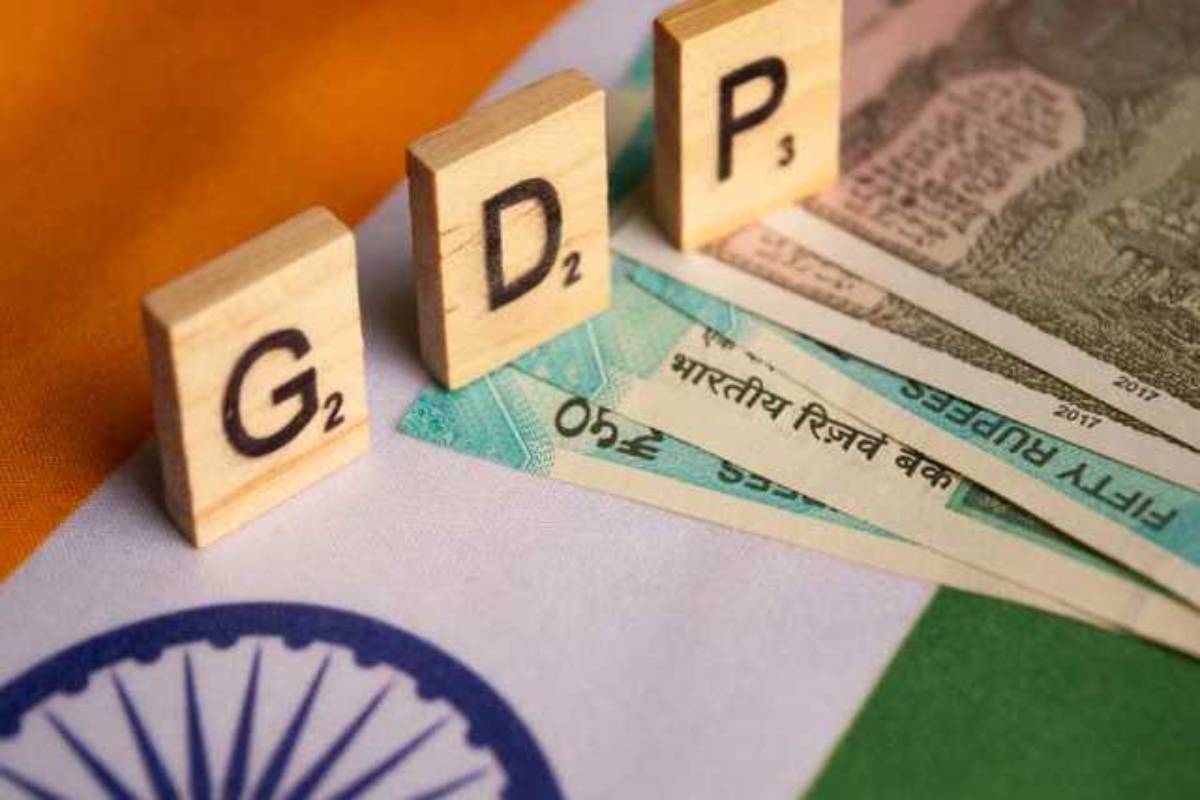India’s economy stands at a critical juncture, shaped by evolving trends in consumer behaviour, investment patterns, and structural wage growth. Recent data underscores a complex mix of recovery and stagnation, pointing to significant headwinds that demand immediate attention. One of the most striking observations is the decline in the issuance of e-way bills, a reliable indicator of goods movement.
The drop, particularly after the festive season, highlights a cooling in inventory replenishment and subdued trade activity. This trend mirrors broader concerns about consumption patterns, as rising inflation continues to erode purchasing power, leaving many households cautious about discretionary spending. The mutual fund industry also reflects these shifting dynamics. A slowdown in systematic investment plan (SIP) account additions and reduced new fund offerings suggest waning investor enthusiasm. While SIP inflows remain steady, overall equity fund inflows have seen a sharp decline, particularly in thematic and sectoral funds. This hesitation points to a growing preference for safe havens over high-risk investments amid economic uncertainty.
Advertisement
The automobile sector offers another lens into the challenges facing India’s economy. Record-high discounts on passenger vehicles signal a demand crunch, leaving dealers struggling to clear inventories. This is a significant departure from post-festive sales trends in previous years, where moderate discounts sufficed to sustain momentum. The steep discounts and impending price hikes raise questions about consumer confidence and long term affordability. Stagnant wage growth across critical sectors is perhaps the most worrying trend. Despite corporate profits multiplying over recent years, wage growth has failed to keep pace, particularly in industries like engineering, manufacturing and FMCG. Real incomes have declined when adjusted for inflation, further exacerbating inequality. As a result, consumption ~ a cornerstone of India’s economic growth ~ is at risk of further weakening.
Moreover, the decline in consumer confidence underscores the need for stronger social safety nets. Policies that directly address income insecurity, such as targeted subsidies or expanded employment guarantees, can help stabilise household spending and revive demand in the short term. Rising credit card delinquencies add another layer of concern. As households grapple with stagnant wages and rising living costs, the strain on unsecured loans has become evident. Banks have tightened credit criteria to manage defaults, but this carries the risk of excluding potential borrowers, slowing economic activity further. The moderate GDP growth rate of 5.4 per cent reflects these combined pressures. While not alarming, it indicates a need for sustained reforms to reinvigorate the economy. Policymakers must prioritise structural changes to address wage stagnation, encourage investment, and bolster consumer confidence.
A balanced recovery will require a concerted focus on both demand and supply side interventions. Addressing wage disparities, improving credit access, and fostering investment-friendly policies can lay the foundation for robust growth. At the same time, targeted measures to enhance consumption ~ such as inflation control and direct support for low-income households ~ are essential. India’s economic challenges are formidable but not insurmountable. The country will need focused action in order to navigate these headwinds and return to a path of sustainable and inclusive growth.











